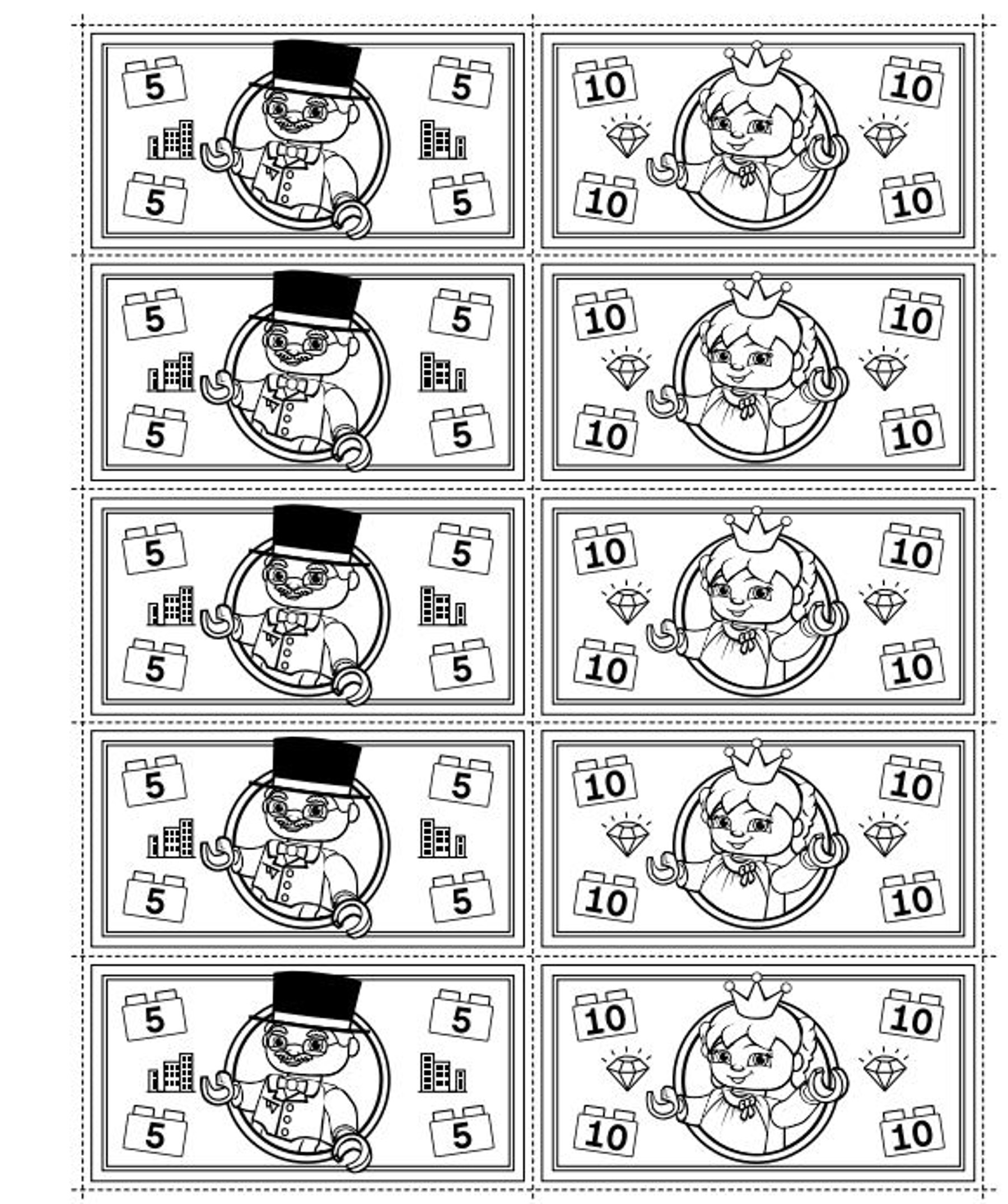Let's Go Shopping
In this lesson children will build a variety of items, learn to sort by multiple characteristics and explore price and money

Connect
- Ask the children to think about the last time they went shopping.
- Consider asking questions like:
- What kind of a store did you go to?
- Why did you go to the store?
- What did you buy?
- Ask them to help you make a list of items that can be found in a grocery store.
Write the list or draw pictures as the children call out items.
Construct
- Tell the children that they are going to create their own grocery store.
- Show them the printable shopping lists and ask each child to pick a list (or to create their own) and build the items shown.
- If someone finishes before the others, ask her or him to build another item; the more items, the better!
- Once each child has built at least one item, encourage them to arrange the items in a pretend store and give each item a price using the printable price tags.
- Ask them to trade shopping lists and then pretend to shop for all the items on their new list.


Contemplate
- Encourage a discussion about the importance of lists by asking, “why do people make lists?”
- Talk about price and money. Explain that when we go to the store, we need to pay for each item we take. Tell the children that cashiers add up all the prices and tell the shopper how much to pay.
Continue
- Using the printable money, continue to role-play a shopping trip. Model how to be a cashier by asking one of the children to be the shopper, then asking him or her to pay for each item one at a time. Choose a child to act as the cashier.
- If they are ready, encourage the children to add the prices of two items together when they are the cashier.


Did You Notice?
Observing the following skills can help you monitor whether the children are developing the necessary competencies in math.
- Counting using number names, and beginning to recognize the number of objects in a set
- Exploring simple operations, such as adding
- Recording simple data in a chart or graph
교사 지원
Children will:
- Build a variety of items
- Sort by multiple characteristics
- Explore price and money
For up to 5 Children
Scissors
Pencils
The Mathematics guidelines from the National Association for the Education of Young Children (NAEYC) and HeadStart have been used to develop the Café+ lessons.
Please refer to the for an overview of the learning values referenced throughout this Teacher Guide.
The learning goals listed at the end of each lesson can be used to determine whether or not each child is developing the relevant early math skills.
These bullet points target specific skills or pieces of information that are practiced or presented during each lesson.




